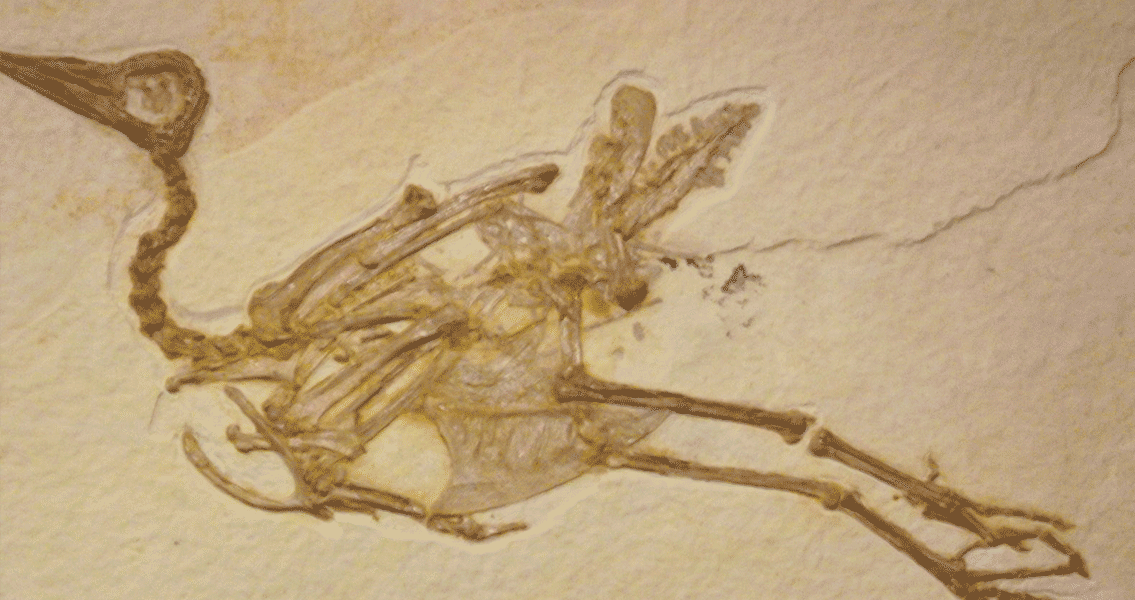<![CDATA[The absence of teeth, or 'endentulism,' has evolved in multiple different species of vertebrates. Birds, reptiles and a few mammals, such as anteaters and pangolins, have all lost their teeth at some point in history. For early birds however, the fossil record is fragmentary and it is not clear when the change happened. A burning question for those studying the evolution of Earth's species is how birds lost their teeth. It is important to know whether there was a single, toothless ancestor of all modern birds, or if several different species lost their teeth independently of one another. All modern toothless vertebrates are descended from ancestors with enamel-capped teeth. Since the discovery of the fossil bird Archaeopteryx in 1861, it has been clear that modern birds are also descended from toothed ancestors. At what point modern birds lost their teeth and evolved a horny beak to grind up food is a mystery. For over 150 years, the history of tooth loss in birds has remained elusive because fossil records are incomplete. A research team from the University of California, Riverside and Montclair State University, New Jersey, has been working on solving this problem, and they have recently found an answer. By using the degraded remnants of tooth genes in birds to determine when endentulism occurred, the team discovered that teeth were lost in a single, common ancestor more than 100 million years ago. The team's work is reported in the December 12 issue of Science. "One of the larger lessons of our finding is that 'dead genes,' like the remnants of dead organisms that are preserved in the fossil record, have a story to tell," Mark Springer, one of the lead authors of the study along with Robert Meredith, told PhysOrg. "DNA from the crypt is a powerful tool for unlocking secrets of evolutionary history." To discover the secrets of bird endentulism, the team examined gene mutations shared by all 48 bird species. The presence of shared mutations in enamel-related genes suggests that mineralised teeth were lost at a single point; an indication that a single common ancestor is the root of bird endentulism. From the fossil and molecular evidence, the researchers revealed some important findings. Tooth loss and beak development, they claim, evolved together in the common ancestor of all modern birds. The researchers state this happened simultaneously, with the ancestor first losing teeth during partial beak development in the anterior portion of both the upper and lower jaws. After this initial development, a second stage of evolution occurred. In this stage, the progression of tooth loss and beak development advanced from the anterior portion of both jaws to the back of the rostrum. "We propose that this progression ultimately resulted in a complete horny beak that effectively replaced the teeth and may have contributed to the diversification of living birds," Springer said. The team's research presents a major breakthrough in the study of bird evolution. "The new bird genomes [we discovered] represent a major advance given that only a handful of bird genomes - zebra finch, turkey, chicken and duck - were previously available," Springer said. Image courtesy of: Magnus Manske]]>
Birds Lost Their Teeth Over 100 Million Years Ago, Researchers Say
